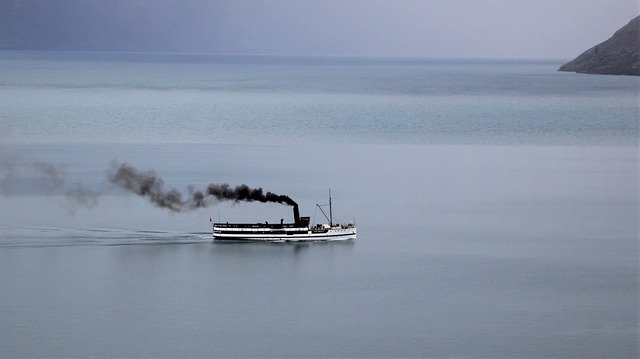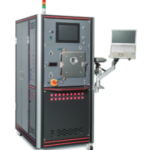
We talked about the engines for automobiles and ships in the last article.
This time we would like to share information about the fuel to power the engine.
Contents
Is the same engine fuel used for ships and automobiles?

The same raw materials are used regardless of ships and automobiles, but not the same type.
Of course, the raw material is petroleum.
So, what is the difference?
Gasoline is used for automobiles.
On the other hand, heavy oil is used for ships.
What is heavy oil?

Petroleum is a mixture of many components such as gasoline and kerosene
Those components are extracted by distillation.
The remaining residue after the extractions of various components is used as heavy oil and asphalt.
Heavy oil is classified into three categories : A, B and C Types
A type heavy oil is the one mixed with 90% light oil.
B type heavy oil contains 50% light oil and 50% heavy oil.
C type heavy oil contains 90% heavy oil.
C type heavy oil is mainly used as fuel for ships.
Why is C type heavy oil used for ships?
The price is the main factor.
Since the huge vessels consume a large amount of fuel everyday (dozens of tons per day!) to power the engines, they use C type heavy oil which is inexpensive.
Furthermore, A type heavy oil is not only used as fuel but as another purpose for which it is filled with the piping connecting to the engine to prevent fuel sticking.
C type heavy oil must be kept its liquidity at high temperature all the time.
When a ship needs to be parked for a long period of time, the piping from the fuel tank to the engine will be cooled and C type heavy oil will get solid in it, resulting in the clogging.
A type heavy oil does not get solid due to 90% light oil, different from C type heavy oil.
Is inexpensive C type heavy oil safe?
Although C type heavy oil is affordable, it has the disadvantage that a large amount of exhaust gas is generated when C heavy oil combusts.
In January 2020, IMO (International Marine Organization) established emission control regulation to prevent air pollution.
This strict regulation does not allows ships belching black exhaust from the chimney
to enter some countries.
Since the regulation was enacted, we are working on the improvement of the environment by changing fuels to less exhaust-intensive ones and by installing emission gas cleaning equipment (scrubber systems) in chimneys.
What is the difference between gasoline and C type heavy oil?

They have different flash point and ignition point!
Flash point: Temperature of ignition by fire
Ignition point: Spontaneous ignition depending on ambient temperature
The flash point of gasoline is -40℃. Ignition point of gasoline is 300 ℃(Celsius).
The flash point of C heavy oil is 40℃. Ignition point is 250 ℃(Celsius).
The structure of the engine cannot be the same due to the difference in ignition and flash points.
Gasoline engine ignites the fuel with sparks from the spark plug.
Diesel engine (engines that use light or heavy oil) ignites the fuel with heat generated by air pressure.
Fuel is a very important resource for mankind, but at the same time it has had an impact on the environment.
And resources are limited, not unlimited.
We encourage you to be aware of the petroleum resources that are relevant to your life.
AGUS fabricates a wide range of marine equipment as well.





